It’s early Autumn and I’m clearing up after dinner. Dante is sitting at the kitchen tables, surrounded by a snow heap of paper. He’s cutting off bits of his picture of a dragon that he’s hoping to sell for €5 (I don’t have the heart to dash his entrepreneurial spirit.) I put on some relaxing music, the magic of music to soothe the stress of a noisy parenting day.
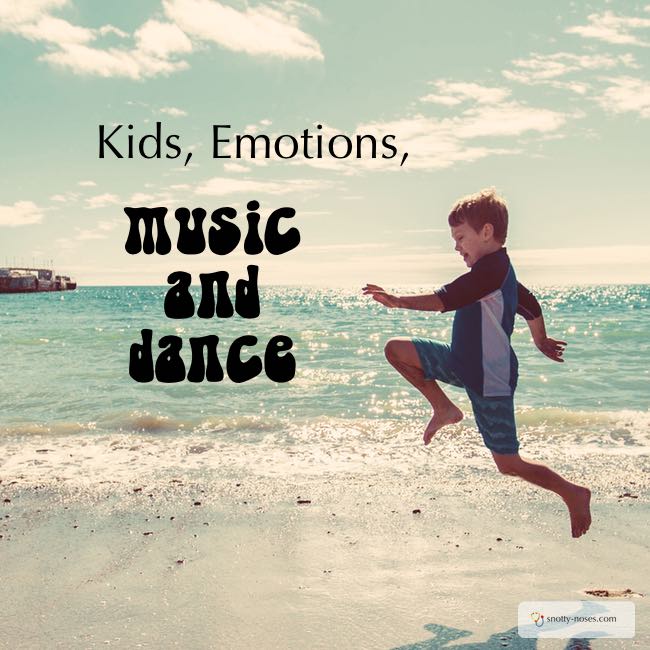
“This is sad music,” he says.
Yes, I agree it is sad.
“I like it,” he continues. “It makes me feel comfortable.”
I notice my little 5 year old has deep thoughts and although I think it’s fine to acknowledge sad thoughts, I don’t think it’s a great idea to dwell on them too much.
We talk about how Dumbledore in Harry Potter calls music the most powerful of magic. How it has the magic to make us feel things, like sadness and happiness.
“Shall I put on something happier?” I ask.
He thinks not. He likes the sad music.
He’s overruled and I put on some lively dance-y music. He’s not too keen. He wants sad.
I start jumping around and waving around a soapy wooden spoon. I drag him to his feet and make him start jumping and dancing.
A little giggle escapes.
Then a chuckle.
Then a chortle.
Then a guffaw and a great big belly laugh.
Next thing I know he’s laughing uncontrollably. That contagious laugh that children have. Cute and happy and cheeky!
Now we are jumping and dancing in circles.
Celeste wants to join in. She’s escaped after her bath, still damp and bare footed. The three of us dance around to happy music. Jumping. Dancing. Boogying.
This is happy we all agree.
Dumbledore is right. We’ve all gone from ‘normal’ to sad to happy just by changing the music. What amazingly powerful magic is that?
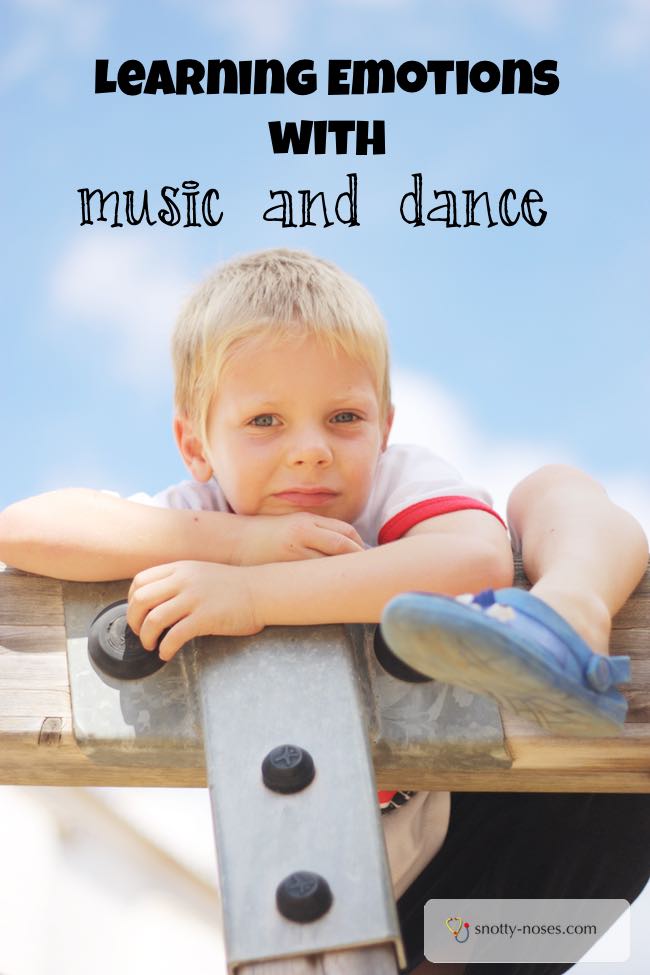
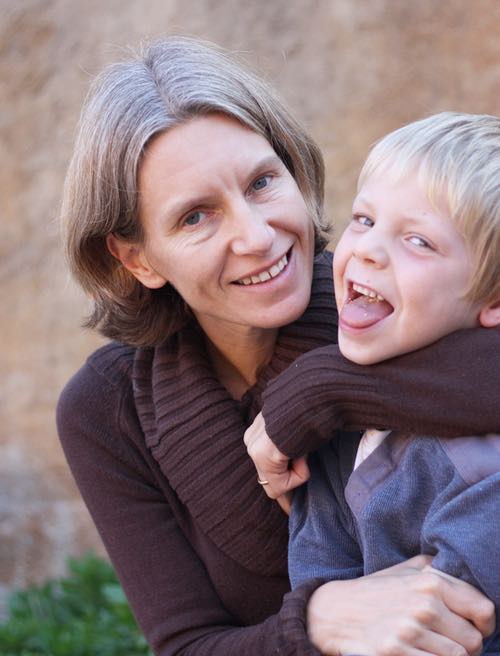
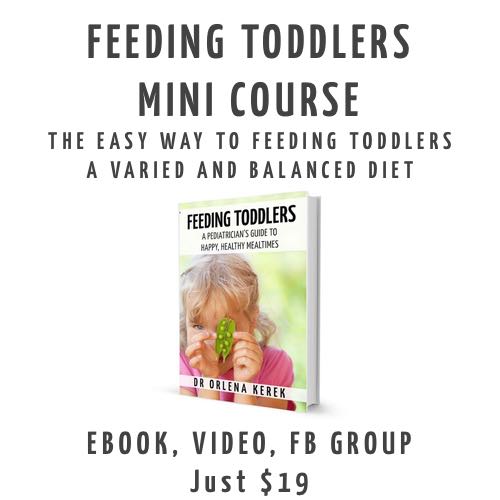 Feeding Toddlers.
Feeding Toddlers.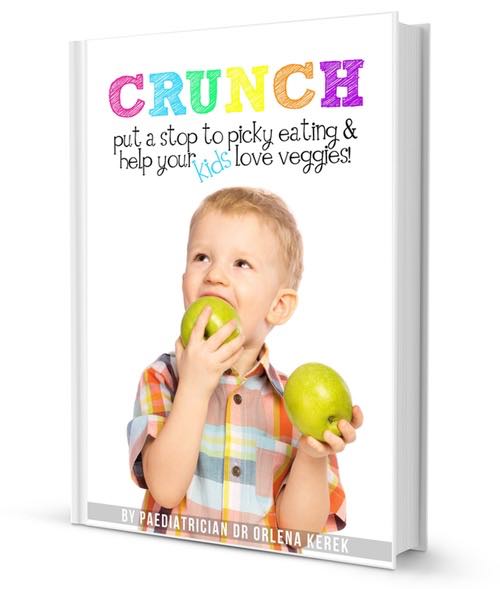 Would you like your kids to eat more healthily? Check out the book!
Would you like your kids to eat more healthily? Check out the book!